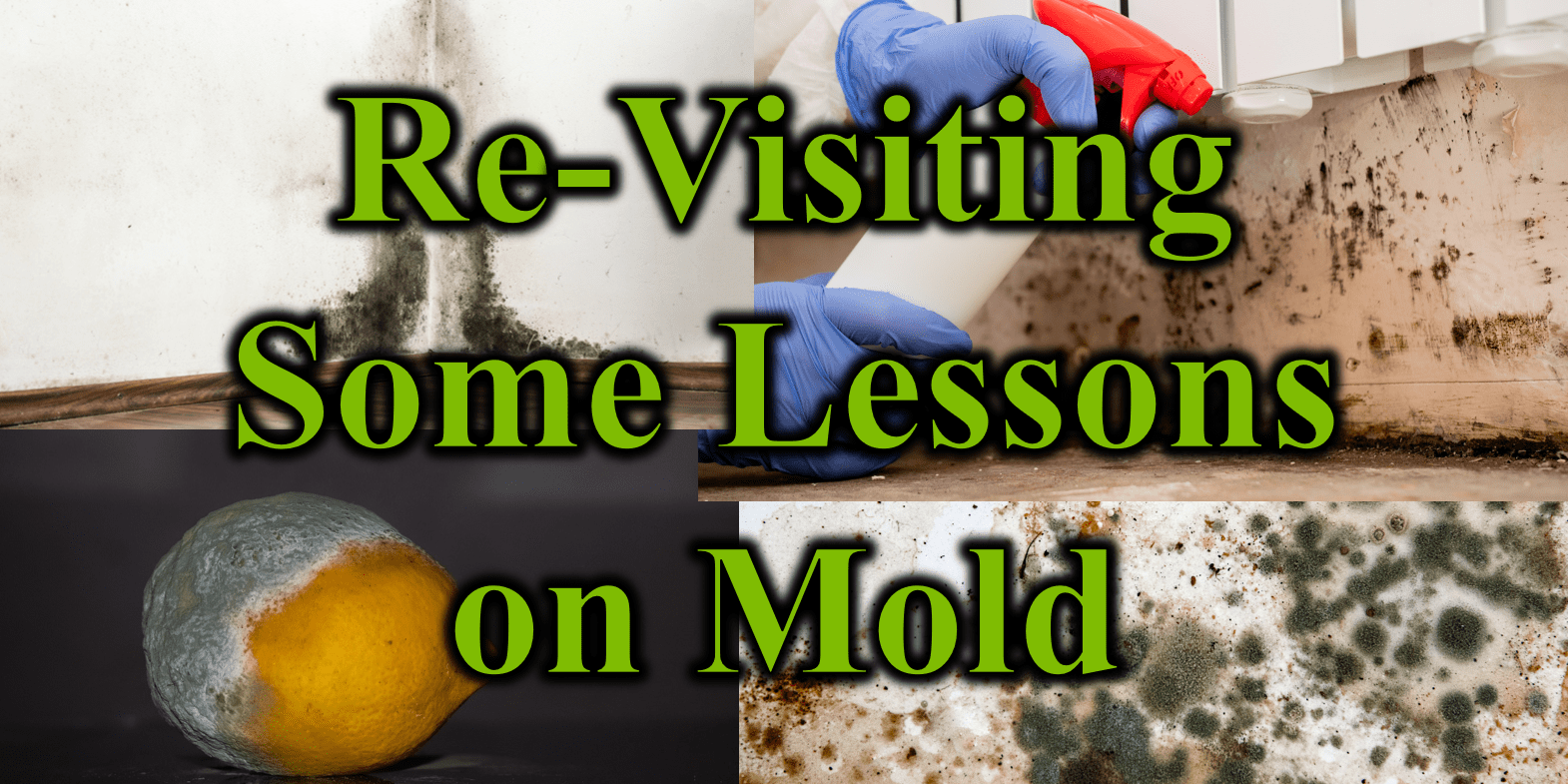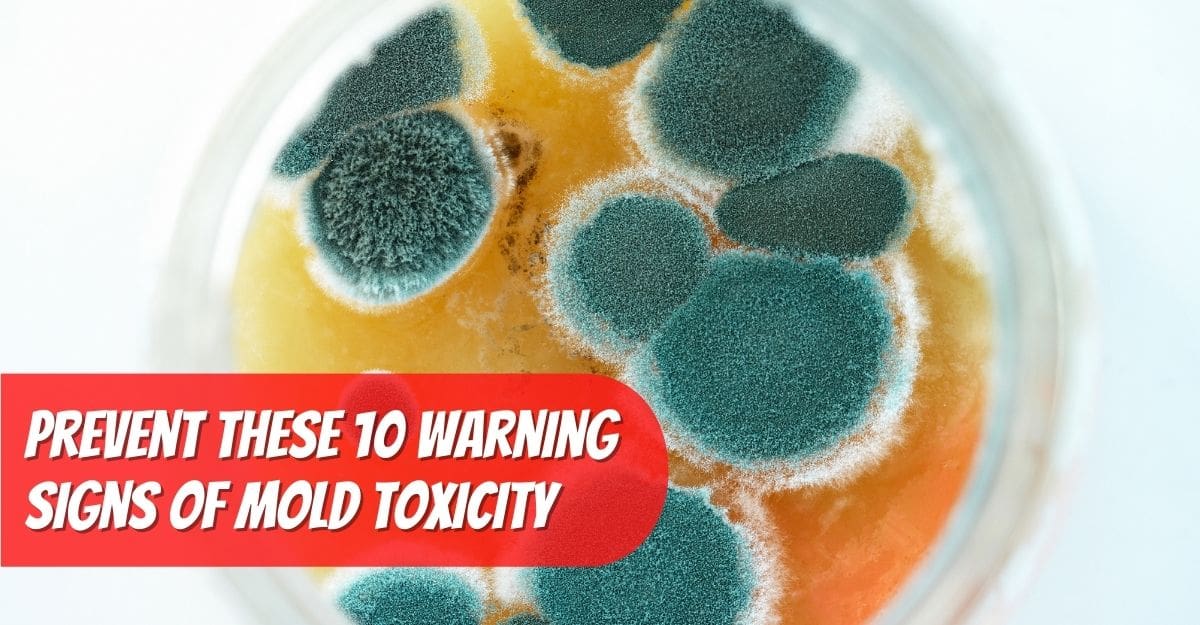
10 warning signs of mold toxicity
Introduction:
10 warning signs of mold toxicity, Mold toxicity is a pervasive issue that often goes unnoticed until it starts affecting our health. Mold is a type of fungus that thrives in damp and humid environments, making our homes susceptible to its growth. While mold plays a vital role in breaking down organic matter in nature, exposure to mold indoors can lead to a range of health issues, known as mold toxicity or mold illness. In this article, we will explore the ten warning signs of mold toxicity, helping you recognize this silent threat to your well-being.

- Respiratory Issues:
One of the earliest and most common signs of mold toxicity is respiratory problems. Mold spores can be inhaled, triggering allergic reactions and respiratory distress. If you notice persistent coughing, wheezing, shortness of breath, or sinus congestion that doesn’t seem to improve with conventional treatments, it might be a red flag for mold exposure.
- Persistent Fatigue:
Chronic fatigue is another warning sign that mold toxicity might be affecting your health. Mold toxins, known as mycotoxins, can disrupt the production of adenosine triphosphate (ATP) in your cells, leading to a persistent feeling of tiredness and low energy levels. If you find yourself constantly fatigued, despite maintaining a healthy lifestyle, mold exposure could be a contributing factor.
- Cognitive Impairment:
Mold toxicity can impact cognitive function, causing issues such as difficulty concentrating, memory loss, and brain fog. These cognitive impairments can affect your work performance, daily tasks, and overall quality of life. If you’re experiencing unexplained mental fogginess, mold toxicity should be considered as a potential cause.

- Joint and Muscle Pain:
Mold toxicity is associated with inflammation, which can manifest as joint and muscle pain. Individuals exposed to mold may experience persistent aches and pains, often misattributed to other causes. If you’re dealing with unexplained discomfort in your joints and muscles, it’s essential to consider the possibility of mold toxicity.
- Digestive Problems:
Mold toxins can also affect the gastrointestinal system, leading to digestive issues such as nausea, abdominal pain, diarrhea, and changes in appetite. Mold toxicity can disrupt the balance of gut microbiota, contributing to digestive discomfort. If you’re experiencing persistent gastrointestinal problems, mold exposure should be investigated.
MUST READ=Heimler’s History
- Skin Issues:
Skin problems can be an external manifestation of mold toxicity. Rashes, itching, and other skin irritations may occur due to the body’s attempt to eliminate toxins. If you’re dealing with unexplained skin issues that don’t respond well to conventional treatments, it’s worth considering the potential role of mold toxicity.

- Sensitivity to Light and Noise:
Mold toxicity can heighten sensitivities to environmental stimuli, such as light and noise. Individuals exposed to mold may find that they become more sensitive to bright lights, loud sounds, or even certain odors. These sensitivities can be debilitating, impacting daily life and overall well-being.
- Increased Frequency of Infections:
Mold toxicity weakens the immune system, making individuals more susceptible to infections. If you find yourself falling ill more frequently or experiencing prolonged recovery times from common illnesses, mold exposure could be compromising your immune function.
- Mood Swings and Depression:
The impact of mold toxicity extends beyond physical symptoms, affecting mental health as well. Mold exposure has been linked to mood swings, anxiety, and even depression. If you notice changes in your mood or overall emotional well-being, it’s crucial to explore potential environmental factors, including mold.

- Visual Disturbances:
In some cases, mold toxicity can manifest as visual disturbances. These may include blurred vision, eye redness, or light sensitivity. If you’re experiencing unexplained changes in your vision and traditional eye examinations reveal no underlying issues, mold toxicity should be considered as a possible cause.
Conclusion:
Mold toxicity is a silent threat that can affect various aspects of our health, often with symptoms that mimic other conditions. Recognizing the warning signs is crucial for early intervention and prevention of further health complications. If you suspect mold toxicity, it’s essential to address the root cause by identifying and eliminating mold sources in your environment. Consultation with healthcare professionals and environmental experts can help in managing and mitigating the effects of mold toxicity, promoting a healthier and safer living environment for you and your loved ones.


